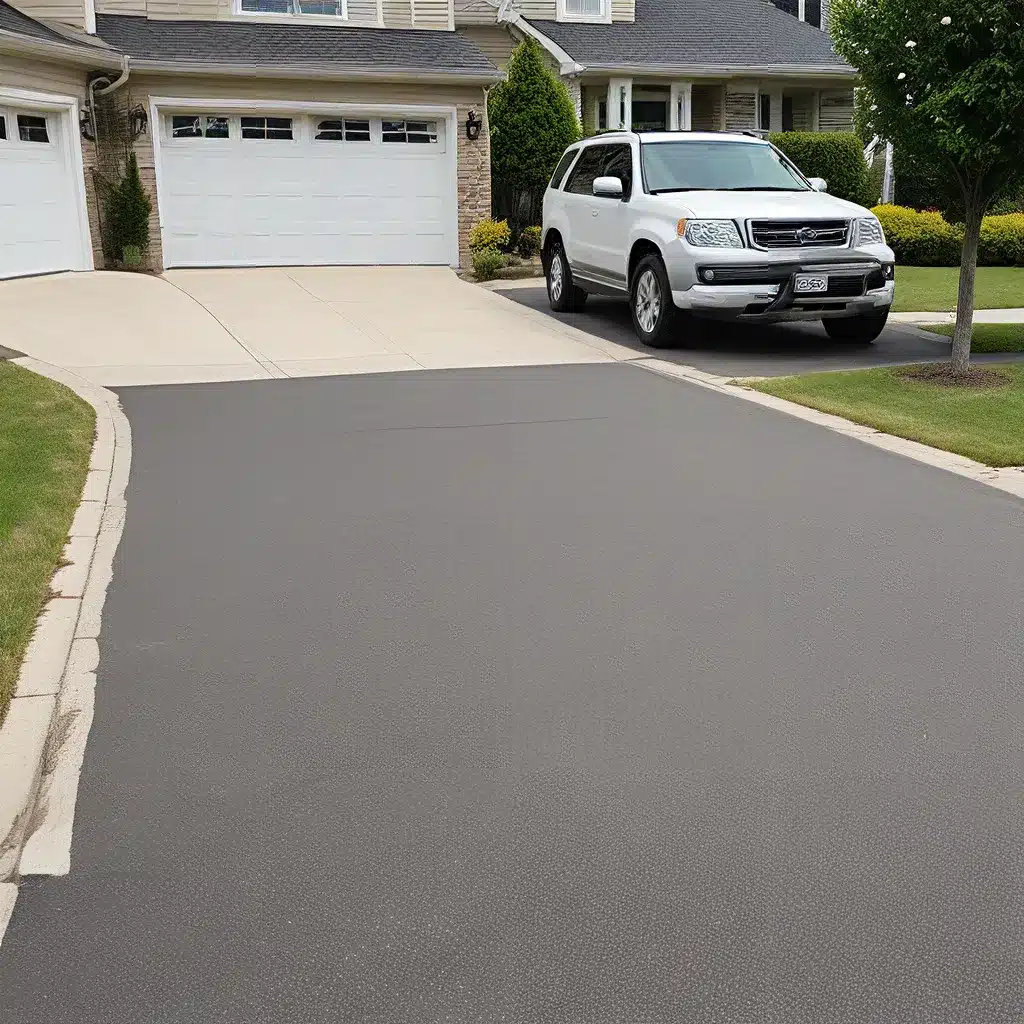
As a homeowner, I’ve come to appreciate the importance of driveway safety. After all, our driveways serve as the gateway to our homes, welcoming both vehicles and pedestrians. And with the hustle and bustle of everyday life, it’s easy to overlook the potential hazards that can lurk in these seemingly innocuous spaces.
The Hidden Dangers of Driveways
Did you know that driveways can be a significant source of danger for both drivers and pedestrians? According to the National Highway Traffic Safety Administration (NHTSA), in 2022, a staggering 7,522 pedestrians were killed, and more than 67,000 were injured nationwide. These sobering statistics serve as a stark reminder that we must take driveway safety seriously.
NHTSA emphasizes that everyone is a pedestrian at some point during the day, and maintaining safe driving behaviors is crucial for creating safer walking environments. As a responsible homeowner, it’s my duty to ensure that my driveway is a haven of security for both vehicles and pedestrians.
Driveway Design Matters
One of the first steps in ensuring driveway safety is to consider the design and layout of the space. The Safe Kids Worldwide organization advises that driveways should be designed with clear visibility and ample space for vehicles to maneuver. This means avoiding obstructions like overgrown vegetation, parked cars, or other obstacles that can impede the driver’s line of sight.
Additionally, the driveway surface should be well-maintained, free of cracks, potholes, or uneven areas that could pose a tripping hazard for pedestrians. Smooth, well-lit, and clearly marked driveways not only enhance the overall aesthetic of your property but also contribute to a safer environment.
Prioritizing Pedestrian Safety
As much as we focus on vehicle safety, it’s crucial to remember that driveways are not just for cars – they’re shared spaces that must accommodate the needs of pedestrians as well. NHTSA’s “Everyone is a Pedestrian” campaign emphasizes the importance of being mindful of those on foot, especially vulnerable groups like children and the elderly.
One way to prioritize pedestrian safety is to install clear signage and markings that alert drivers to the presence of pedestrians. This could include stop signs, crosswalks, or even speed bumps to encourage slower, more cautious driving. Additionally, ensuring that the driveway is well-lit, especially during the evening and nighttime hours, can greatly improve visibility and reduce the risk of accidents.
Establishing Driveway Protocols
As a homeowner, it’s essential to create and enforce clear protocols for the use of your driveway. This might include designating specific areas for parking, establishing one-way traffic flow, or even implementing a schedule for deliveries and visitors.
By setting these guidelines and communicating them effectively to family members, guests, and service providers, you can help to minimize confusion and maintain a safe, organized flow of traffic. Remember, the key to effective driveway safety is consistency and clear communication.
Technology to the Rescue
In today’s tech-savvy world, there are a variety of tools and technologies that can enhance driveway safety. For example, Reading General Contractor offers driveway surveillance systems that can monitor activity and alert you to any potential issues.
Additionally, backup cameras and sensors can provide drivers with enhanced visibility and awareness, making it easier to navigate tight spaces and spot pedestrians. And with the rise of smart home technology, you can even integrate your driveway security with your overall home automation system, giving you greater control and peace of mind.
Educating the Whole Community
Driveway safety is not just a personal responsibility – it’s a community-wide effort. As a homeowner, I’ve found it valuable to engage with my neighbors, local authorities, and community organizations to promote awareness and share best practices.
This might involve organizing neighborhood safety events, distributing informational materials, or even advocating for infrastructure improvements in the area. By working together, we can create a culture of driveway safety that extends beyond the boundaries of our individual properties.
Conclusion: A Driveway of Dreams
Ultimately, keeping our driveways safe for both vehicles and pedestrians requires a multifaceted approach. It’s about thoughtful design, clear communication, the strategic use of technology, and a collaborative community effort.
By taking these steps, we can transform our driveways from mere access points to vibrant, secure spaces that welcome all who enter. After all, our homes are more than just the structures we live in – they’re the foundations of our communities, and safeguarding our driveways is an essential part of that.
So, let’s roll up our sleeves, get creative, and make our driveways the shining examples of safety and security that they deserve to be. Because when it comes to our homes, there’s no such thing as being too cautious.
Related posts:
No related posts.




